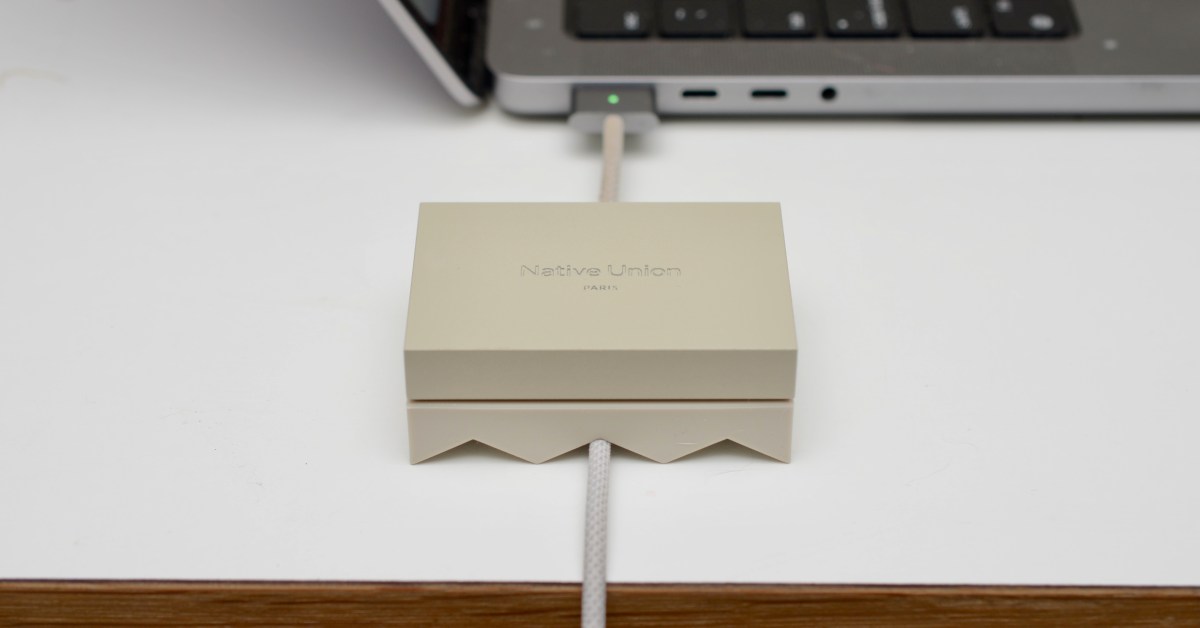Warning: I’m going to make an attempt to justify a $40 paperweight for cable management. I’m not sure how I ended up in this position, or who hurt me. All I can say is that I’m not proud of myself, so please, take pity.
I’ve been using

Warning: I’m going to make an attempt to justify a $40 paperweight for cable management. I’m not sure how I ended up in this position, or who hurt me. All I can say is that I’m not proud of myself, so please, take pity.
I’ve been using